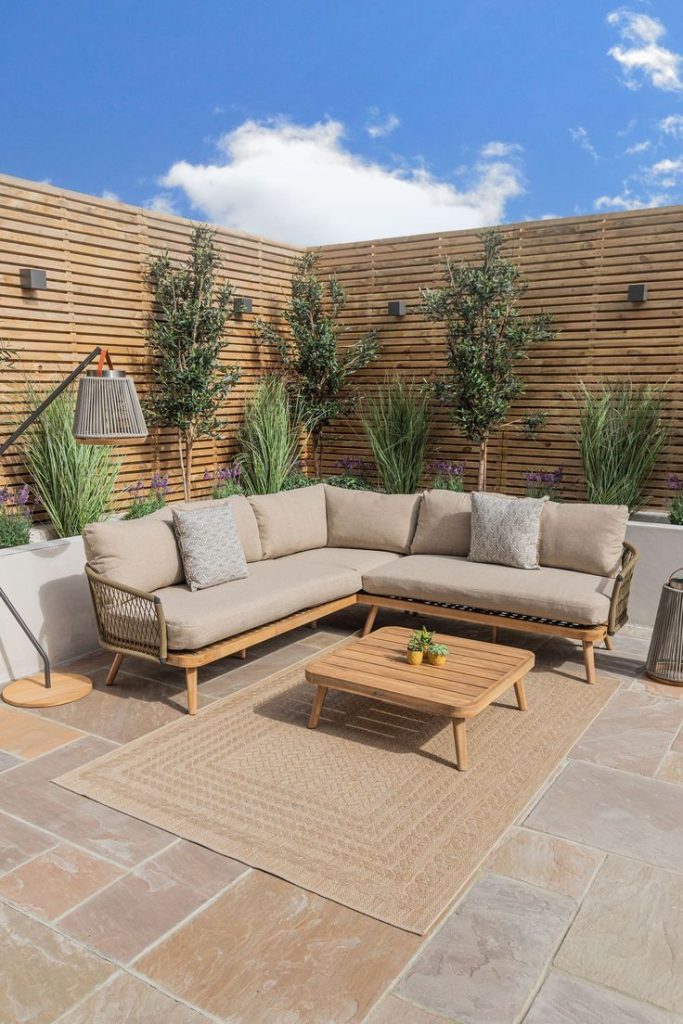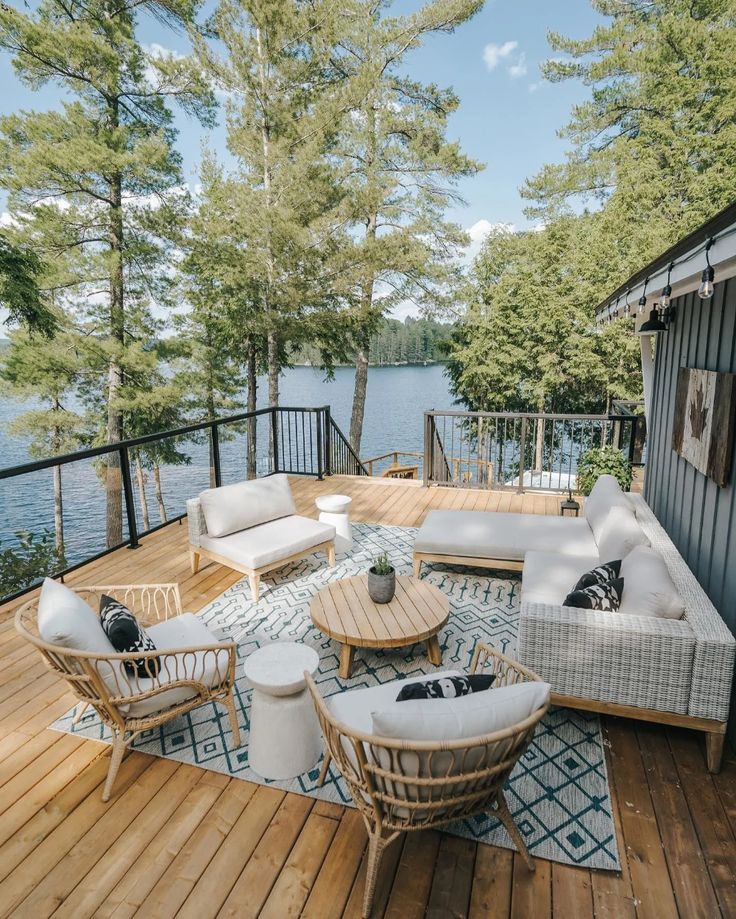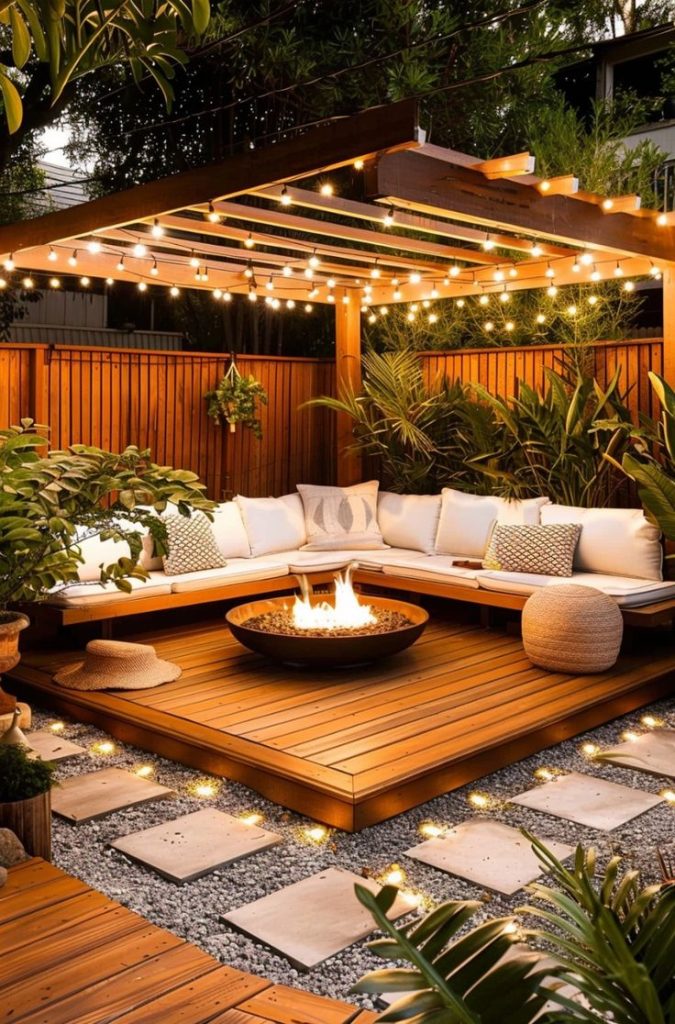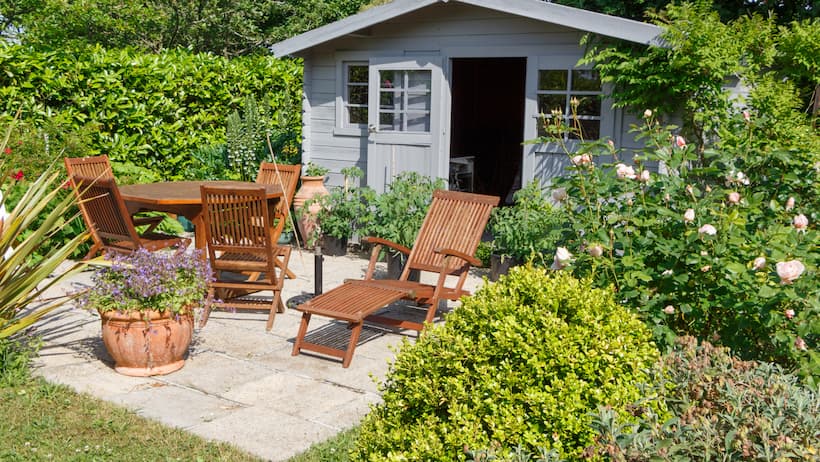When it comes to low maintenance garden furniture, durability and low maintenance garden furniture are key to ensuring that your garden looks great year-round without constant upkeep. With a wide range of materials and designs available, it’s essential to make informed choices to invest in furniture that stands the test of time while requiring minimal effort to maintain. Here’s a guide to help you choose low maintenance garden furniture that lasts for years.

How to Choose Low Maintenance Garden Furniture That Lasts for Years
Many consumers initially choose traditional or difficult-to-maintain materials simply because they have a lower sticker price, believing they are saving money upfront. However, as an SEO expert, I need to emphasize the long-term value of opting for low maintenance garden furniture. Cheaper low-maintenance garden furniture often fails within two to three years due to sun fading, rust, decay, or structural weakness, leading to recurrent costs for repairs, protective covers, and ultimately, replacement.
In contrast, durable, low-maintenance materials like synthetic wicker, aluminum, or high-grade teak, while a higher initial investment, often last 10-15 years or more. They rarely incur extra costs for painting, oiling, or significant repairs, quickly paying for the initial price difference. This strategy isn’t just about saving money; it’s about saving precious time and effort in the long run, drastically lowering the total cost of ownership.
Your local climate conditions must also directly influence your low maintenance garden furniture selection strategy. In high-humidity or coastal regions, the combination of saltwater spray and intense moisture causes materials like iron and standard steel to rust rapidly. In these areas, prioritizing materials that are naturally rust-resistant, such as aluminum, or completely non-metallic options like HDPE resin, should be your absolute priority.
Conversely, regions experiencing intense summer sun and high UV exposure need to worry less about rust and more about material degradation and color fading. In this scenario, investing in UV-resistant fabrics (like Sunbrella) and UV-stabilized synthetic rattan becomes vital. For areas with harsh winter freezes, durable, non-porous materials like natural teak that resist cracking and deformation, or lightweight aluminum options that are easy to store indoors, offer the most prudent choice for seasonal protection.
A final, critical step often overlooked when purchasing low maintenance garden furniture is scrutinizing the manufacturer’s warranty period and after-sales support. Reputable brands that produce high-quality, truly low maintenance garden furniture stand behind their products with extended guarantees (e.g., 5-10 years on the frame) because they trust their durability.
A short warranty period can signal a manufacturer’s low confidence in the product’s longevity. Carefully review the warranty terms to ensure they cover critical issues like structural failure, rust, and UV damage. Furthermore, researching whether the manufacturer readily supplies replacement parts, such as cushion covers or repair kits, is a key strategy that supports your low maintenance garden furniture’s overall ease of maintenance and extended lifespan. Always ensure you are investing not only in the price but also in the brand’s long-term commitment to quality.
Focus on Inherently Durable Materials
The material choice is the single biggest factor determining how much care your low maintenance garden furniture will demand. Always look for these industry-leading, low maintenance garden furniture options:
- Aluminum: Lightweight, rust-proof, and highly versatile. Aluminum requires virtually no maintenance other than an occasional wipe-down and is perfect for coastal or high-humidity areas.
- Synthetic Wicker (HDPE): Unlike natural rattan, High-Density Polyethylene (HDPE) wicker is resistant to fading, cracking, and moisture damage. It’s incredibly easy to clean with just soap and water.
- Teak Wood: Known for its natural oils, teak resists water, decay, and insect damage. While it will age to a distinguished silvery-grey patina, it only requires optional, occasional oiling to maintain its rich honey color.
- Resin and Plastic: Modern resin low-mainteinance garden furniture is molded for strength, is completely weather-resistant, and can be easily washed, making it a truly hands-off option.
Opt for High-Performance Weatherproof Cushions
Cushions are often the first part of a set to show wear. To keep your comfort low-mainteinance garden furniture, choose fabric technology designed for the outdoors:
- Performance Fabrics: Look for fabrics like Sunbrella or similar high-grade brands that are highly resistant to UV rays, stains, and mildew. They dry quickly after rain and maintain their color saturation.
- Waterproof Construction: Ensure the cushion materials and covers are designed to repel water, preventing saturation and significantly speeding up the drying process.
- Removable, Washable Covers: This simple feature makes routine cleaning hassle-free. Look for covers with robust zippers that are machine washable.

Prioritize Rust-Resistant Frames
Rust is the quickest way to ruin the appearance and integrity of metal low maintenance garden furniture. Choosing the right frame material is essential for low-maintenance garden furniture:
- Powder-Coated Metals: A powder-coated finish on steel or aluminum adds an important protective layer against the elements, significantly enhancing rust resistance.
- Aluminum or Resin: These materials are naturally impervious to rust, making them superior choices for year-round outdoor use, particularly in wet climates.
Select Easy-to-Clean Surfaces
The less effort required to clean your table or chair surfaces, the better. Look for smooth, non-porous tops:
- Tempered Glass: Highly durable, easy to wipe clean, and resistant to scratching.
- Resin and Composite Materials: These table tops are solid, non-absorbent, and only require a gentle wipe to look pristine.

Modular low-maintenance garden furniture isn’t just about rearranging; it streamlines the cleaning process. Separable pieces allow you to easily clean beneath and around the low-maintenance garden furniture, ensuring debris and moisture don’t accumulate and cause damage.
Furniture with built-in storage (like storage benches or coffee tables) helps maintain the low-mainteinance garden furniture lifestyle. You can quickly tuck away cushions, covers, and accessories, protecting them from rain, sun, and dust when they aren’t in use.
For those with limited space or who prefer to store their low-maintenance garden furniture during the off-season, stackable or foldable pieces are ideal. They are simple to move, easy to clean, and allow for compact, protected storage, which naturally extends their lifespan.
Many quality pieces come with factory-applied coatings that fight premature wear. Look for UV-protective coatings to keep colors vibrant and water-resistant finishes to prevent moisture absorption and the growth of mold or mildew.
Select Fade-Resistant Colors
Constant sun exposure is brutal on color. To reduce the visibility of fading, choose furniture in neutral or earth-tone colors. Always pair your selection with UV-resistant fabrics for cushions and umbrellas.
Even the most low-maintenance garden furniture benefits from a small, proactive routine. A quick weekly wipe-down to remove dust and pollen, combined with covering the furniture when you know bad weather is coming, will significantly extend its beauty and service life.
Investing in durable, low-maintenance garden furniture is an easy choice that maximizes your enjoyment and minimizes your chore list. By prioritizing materials designed to withstand the elements, you ensure your outdoor space remains a source of relaxation, season after season.






















